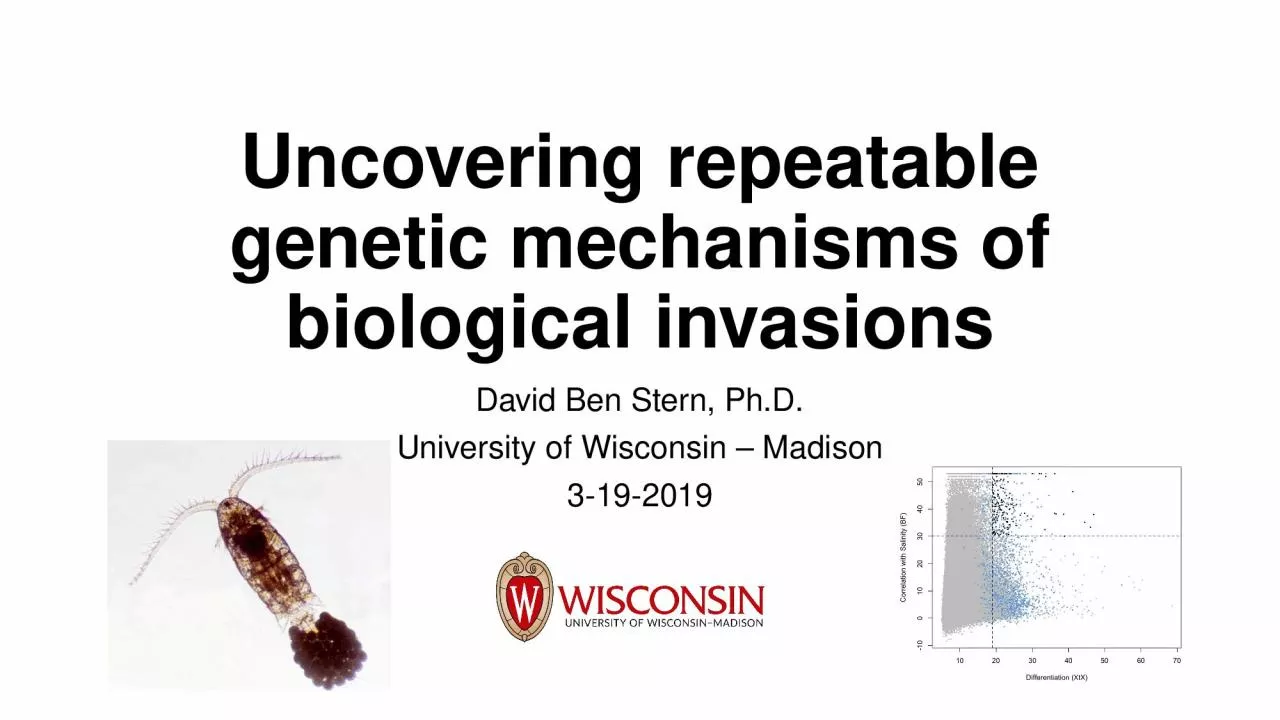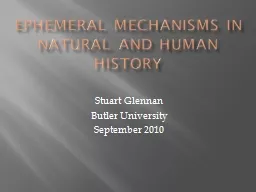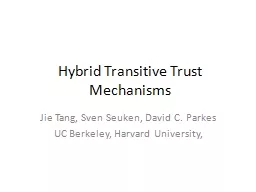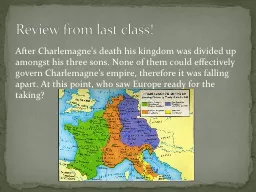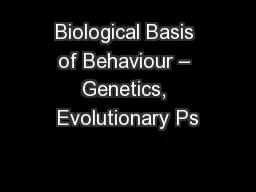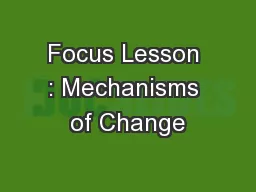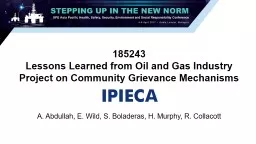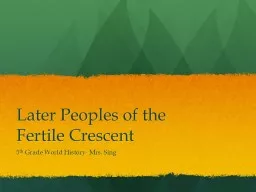PPT-Uncovering repeatable genetic mechanisms of biological invasions
Author : hanah | Published Date : 2022-06-11
David Ben Stern PhD University of Wisconsin Madison 3192019 Molecular evolutionary genetics Study genetic variation in natural populations to infer evolutionary
Presentation Embed Code
Download Presentation
Download Presentation The PPT/PDF document "Uncovering repeatable genetic mechanisms..." is the property of its rightful owner. Permission is granted to download and print the materials on this website for personal, non-commercial use only, and to display it on your personal computer provided you do not modify the materials and that you retain all copyright notices contained in the materials. By downloading content from our website, you accept the terms of this agreement.
Uncovering repeatable genetic mechanisms of biological invasions: Transcript
Download Rules Of Document
"Uncovering repeatable genetic mechanisms of biological invasions"The content belongs to its owner. You may download and print it for personal use, without modification, and keep all copyright notices. By downloading, you agree to these terms.
Related Documents

